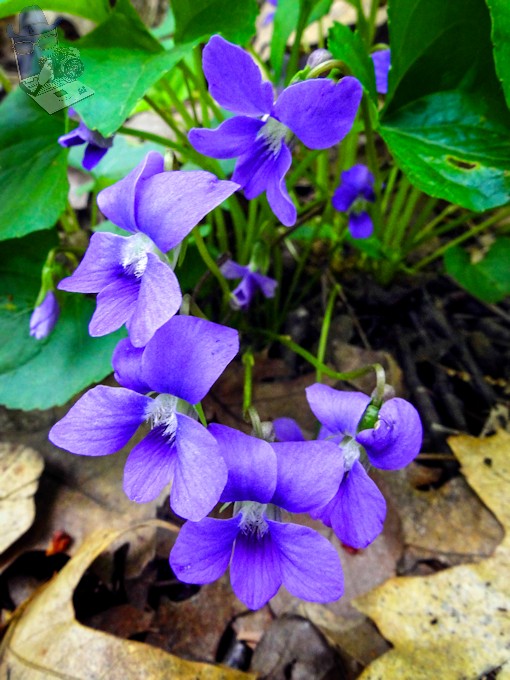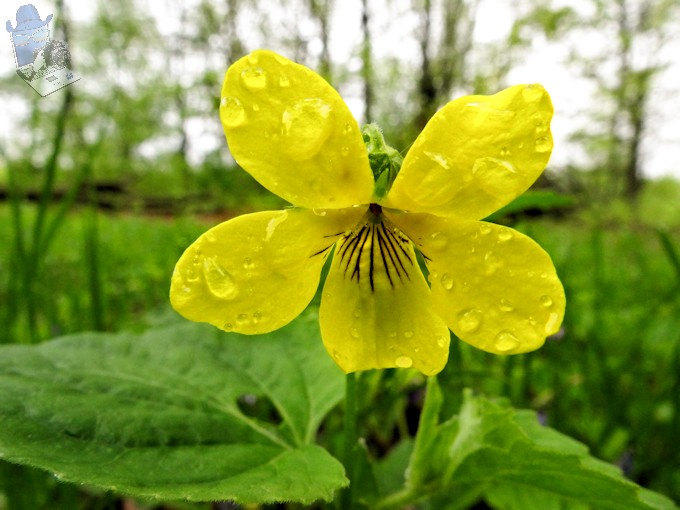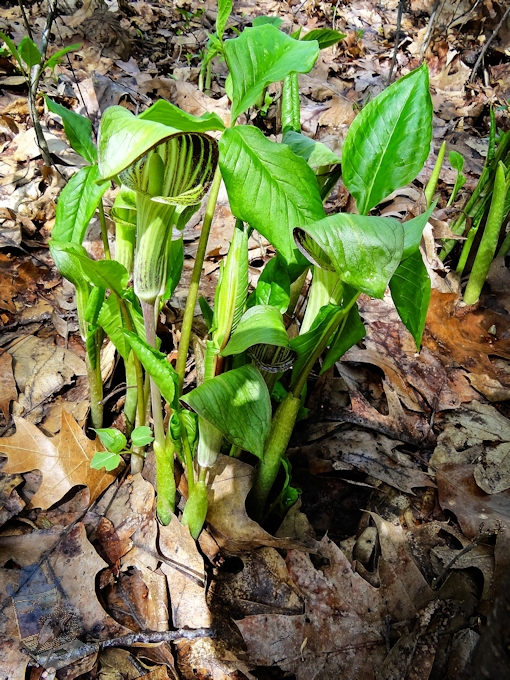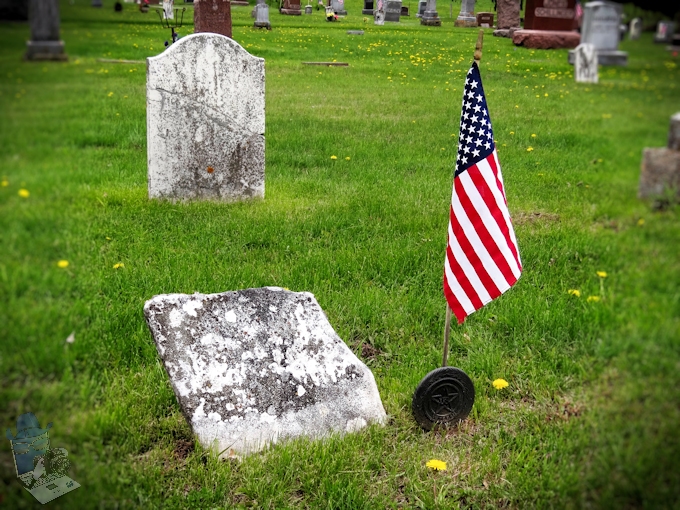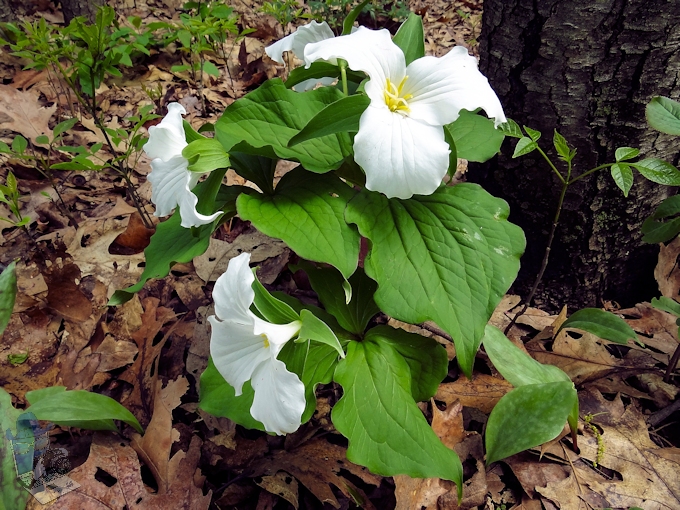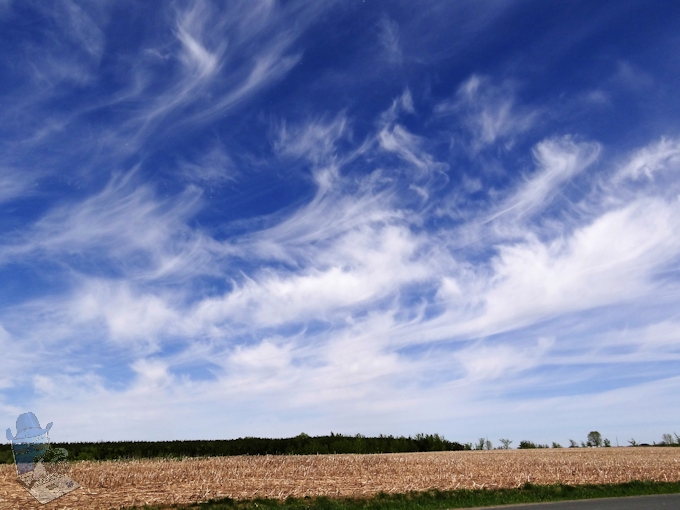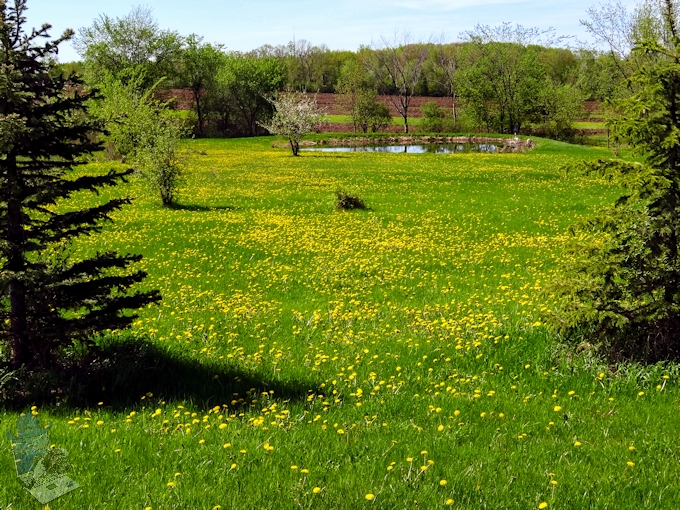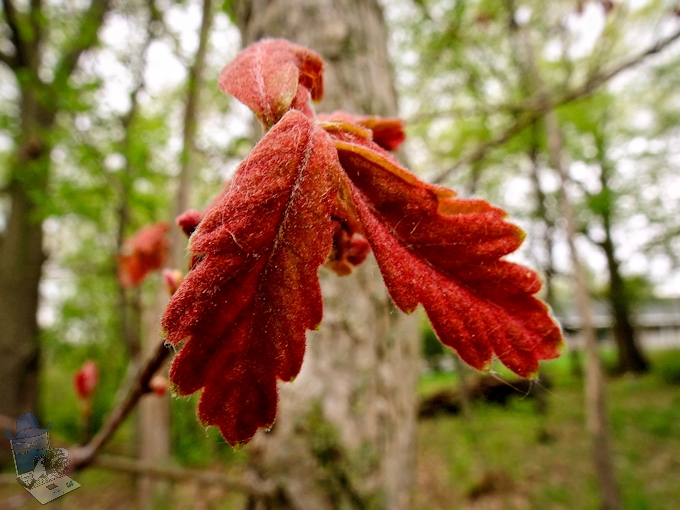A group of turtles is called a ‘bale of turtles’. And I rather a bale of painted turtles than a bale of snapping turtles. This Western Painted Turtle spend most of its time in shallow streams, lakes and rivers. They can also be found in prairie sloughs, cattle tanks, and farm ponds. Water that is slow-moving with a soft, muddy bottom with vegetation and submerged logs is ideal habitat for painted turtles. Painted turtles are mainly carnivorous, but as they mature they eat more vegetation. They forage for insects, crayfish, small mollusks, worms, minnows, and aquatic plants.
They are called painted turtles because their lower shell is brightly colored in red with yellow and olive designs. Turtles shed their shell as they’re growing; this skin resembles a burnt leaf. Painted turtles are basking turtles, which means they spend as much time as they can in the sun to warm themselves after a long swim or a chilly night.They bask on a log or rock with their necks and legs stretched out and their toes spread wide apart to catch as much of the sun’s warmth as possible. Basking also allows their body to produce vitamins and helps to kill fungi. The sex of the painted turtle is determined by the temperature during development.
Western Painted Turtle



